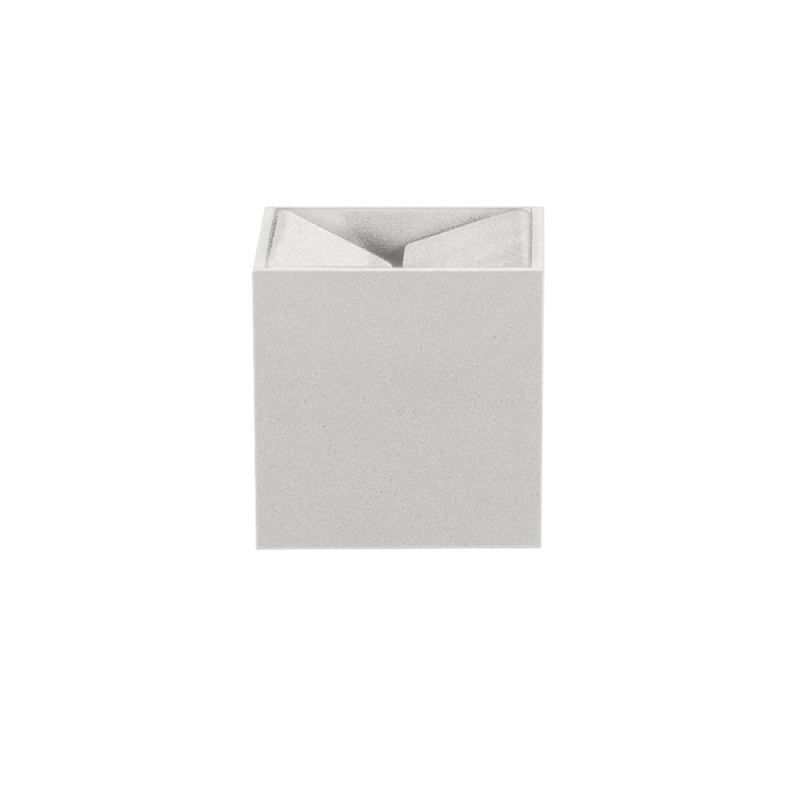















Anodized aluminium, melamine, non-inflammable . It is an extremely simple object: a module constituted of a small polymeric cube, open on one si... more details
Free in-store pickup
Delivery costs will be calculated during check out, based on your shipping address.
Are you in town? Pickup in our store is always FREE.
Extra EU Shipping
Professionale and B2B
Are you an Interior Designer, Architect or professional? Get in touch for traded pricing, project mnagement and logistic options.
Cube shaped ashtray designed by Bruno Munari in 1957.
Anodized aluminium, melamine, non-inflammable .
It is an extremely simple object: a module constituted of a small polymeric cube, open on one side, and a strip of curved steel.
The object is, in fact, extremely functional: it holds the ash and cigarette ends, hides them from view, and protects against accidental spills.
The cubic ashtray, from which was born an entire family of objects, including the Canarie desk set and the free-standing ashtray, is part of the design collections of all the most important museums in the world, including the MoMA in New York.
Bruno Munari is one of the most important art and design leader during the Italian XX century.
I its career he has maintained his own creativity while experimenting on shapes and colors, communicating it through words, objects and toys.
He started his career close to the Futurism artistic movement; he participated to many Futurism exhibitions, like the ones in Galleria Pesaro, Venice Biennale and Quadrennial of Rome and Paris. He then separate from the movement to explore his ideas on shapes and colors and on the aesthetic autonomy of objects.
The “macchine inutili” (useless machineries) are some of his most iconic projects, machineries that investigate humans perceptions, art objects close to optical art.
He founded, together with A. Soldati, G. Monnet, G. Dorfles the MAC (Movement for Concrete Art). From the 1950’ Munari produces the famous concave-convex sculptures, the positive-negative paintings and the tridimensional experimenting models.
Through his career he has been recognized with several awards: The ADI award Compasso d’oro (1954, 1955,1970 and in 1995 to his career), the Japan design foundation award in 1985 and the honorable mention from the Science Academy of New York (1974).
Follow us
@designrepublic.milano





